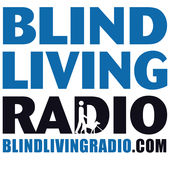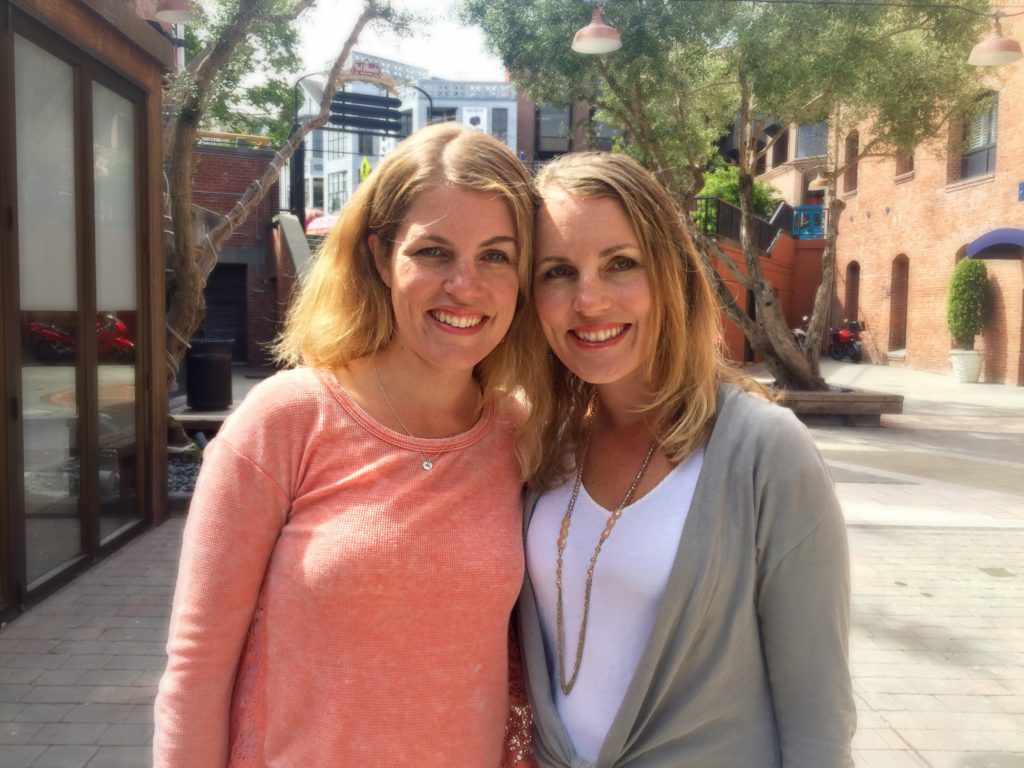
So much has transpired in the last 5 years of blogging together. Our perspectives have shifted dramatically. If you look at one of our very first posts, “To Tell or Not to Tell”, about whether to disclose our vision loss in public, to more recent posts about guide dogs and canes, the shift is obvious. But it didn’t happen overnight. And it didn’t happen without a lot of input and support from friends we met in the online community.
2011-2012: We’re not alone. Between our readers, Facebook groups and fellow bloggers’ posts, we discovered a whole new “blogosphere” of people with Retinitis Pigmentosa and other conditions. It was this connection that pushed us to keep writing, keep exploring, and keep discovering new things about ourselves and the unique world of vision loss.
2012-2013: There’s a lot more to life than going blind. If you look at our archives, you’ll notice this is the year we took a little hiatus. Jenelle had her second baby, Joy started working on other writing projects, and life got busy. We took a little break from both writing and reading vision-related blogs for awhile, realizing that there are so many more aspects to our lives than vision. But when we picked back up and started writing consistently again, we were once again greeted with enthusiasm and encouragement.
2013-2014: The blind community is as diverse as the general population. Blindness is something that crosses all cultures, age groups, genders, and socioeconomic levels. Consequently, the personalities, likes, dislikes, hobbies, views, etc. are extremely diverse. This was the year we really began discovering the wide array of people in the blind blogosphere. We have had the privilege of connecting with a multitude of interesting, yet often very different friends in the online blind community, including blind active mama friends, crafty comrades adventurous, witty intellectuals, artsy, clever New Yorkers, blind Canadian advocates, bold blind fashionistas, and let us not forget our guy-friend blogger and his amazing TEDtalk. And this just scratches the surfaces of interests, personalities and geographic locations. 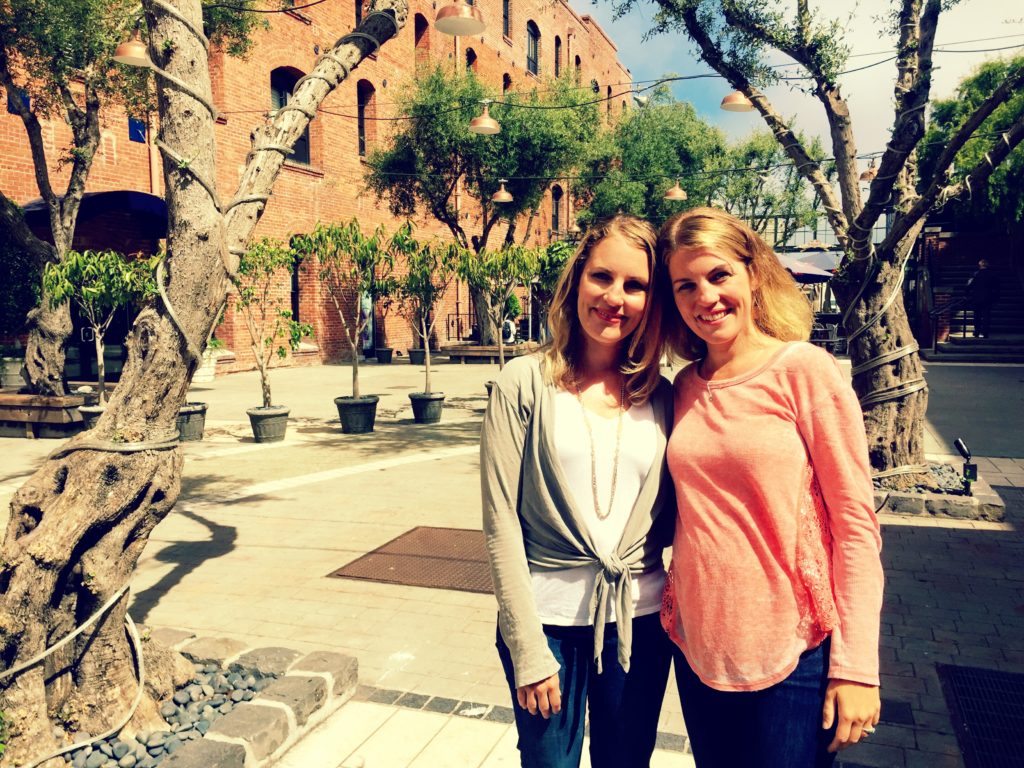
Even among assistive devices, people have their things; some like dogs, others canes, still others echolocation, some nothing, some braille, some hardware, some software. Under the umbrella of “blindness”, there are a select few who are in complete darkness (10 percent, like our friend and Youtube talent Joy Ross), others who have light perception, some shapes, some puzzle pieces, some just in daylight, some just at night, some large print, and even some who “drive blind“.
2014-2015: The blind community has a strong, growing voice. There is a growing voice in the blind community that is influencing culture. This is the year we really started noticing an explosion of public awareness in the media: bloggers started popping up left and right (blind mamas, blind papas, blind professionals, you name it!). These people have always existed, but it seems they have been growing in their public presence and confidence. A major magazine, Real Simple, feature spread on blind moms with guide dogs, and reality tv producers have been seeking out blind talent.
Most of these efforts are positive and have the intention of educating the public, though this rise in media attention has created some controversy over whether people are overdoing it in regard to “inspiration”. We in the blind community are, after all, just living our lives, and humans have a way of adapting to most anything. It can be confusing when simple daily tasks are hailed as “amazing”. On the other hand, there are unique challenges when it comes to sight loss, and the human capacity to overcome and move forward is, in itself, inspiring. From our perspective, if it can help inspire others to do the same in their own lives, whatever their unique challenge happens to be, then it is noteworthy.
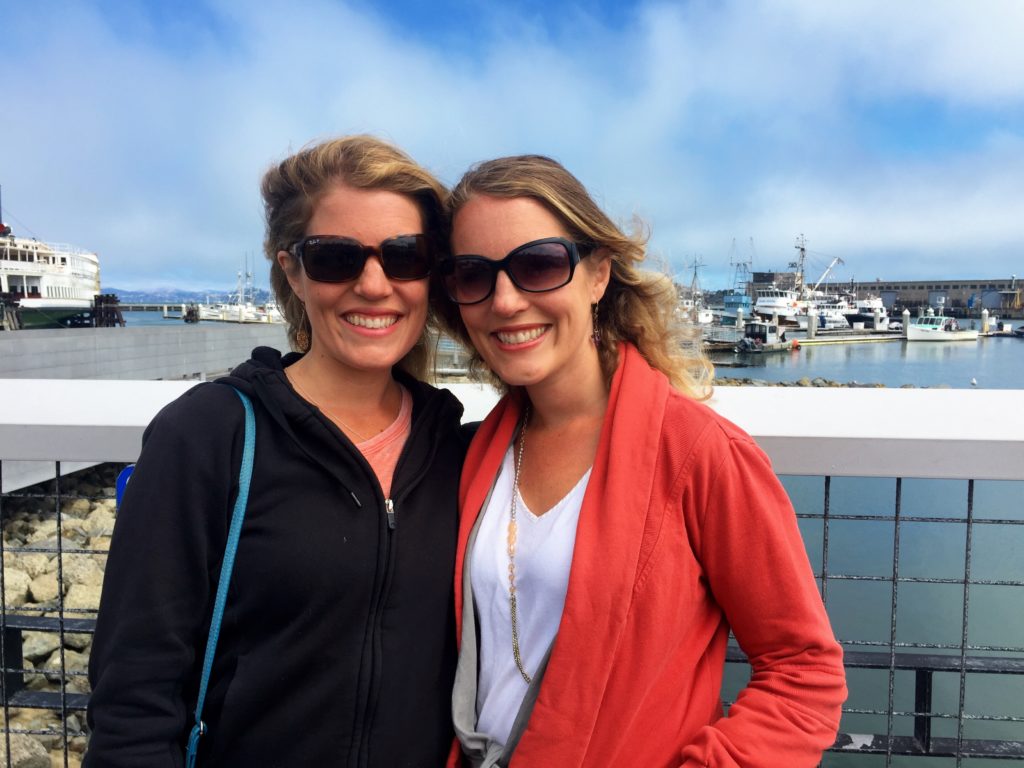 2015-2016: Shame is a common theme. We used to think that we were the only ones who tried to hide our vision loss. We have since discovered that this is actually a common phenomenon among people losing their eyesight. Fortunately, amazing organizations such as the San Francisco Lighthouse for the Blind, are recognizing that this is an issue and have training, counseling and other programs available to help people get past the stigma. “For those with changing vision, the daunting part is not usually the fear of darkness, but.the fear of admitting that you’re different.” – San Francisco Lighthouse For the Blind & Visually Impaired
2015-2016: Shame is a common theme. We used to think that we were the only ones who tried to hide our vision loss. We have since discovered that this is actually a common phenomenon among people losing their eyesight. Fortunately, amazing organizations such as the San Francisco Lighthouse for the Blind, are recognizing that this is an issue and have training, counseling and other programs available to help people get past the stigma. “For those with changing vision, the daunting part is not usually the fear of darkness, but.the fear of admitting that you’re different.” – San Francisco Lighthouse For the Blind & Visually Impaired


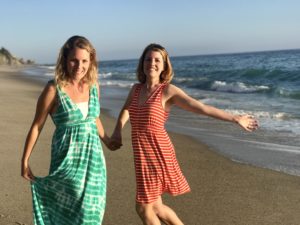



 2015-2016: Shame is a common theme.
2015-2016: Shame is a common theme. 